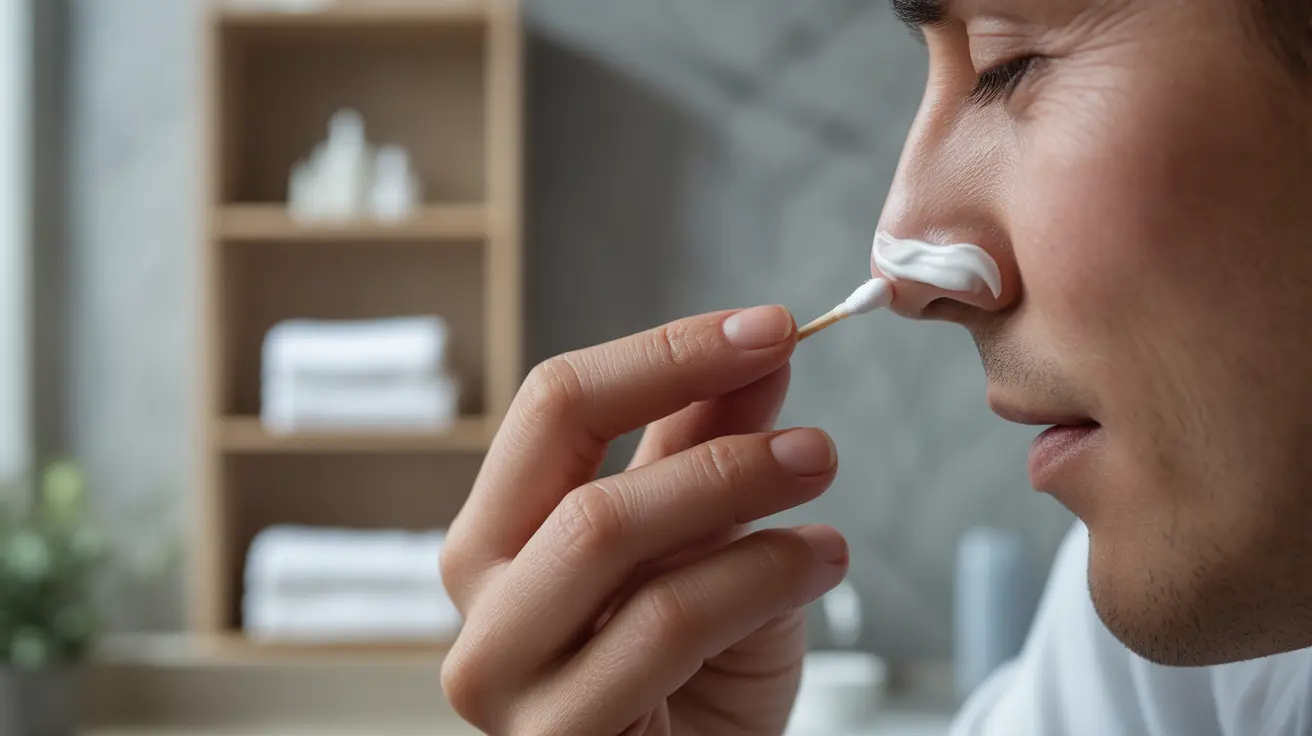When dealing with nasal irritation, cuts, or dryness, many people wonder about using Neosporin inside their nose. While this antibiotic ointment is commonly used for minor cuts and scrapes on the skin, applying it inside the nasal cavity requires careful consideration and proper technique to avoid potential complications.
Understanding the correct usage, benefits, and risks of Neosporin in the nose is essential for safe and effective treatment. Let's explore what medical experts recommend and when you should seek alternative solutions.
Safety Considerations for Nasal Neosporin Use
Using Neosporin in your nose requires careful attention to safety guidelines. The nasal cavity is a sensitive area with delicate tissues that can easily absorb substances, making proper application crucial.
While Neosporin contains antibiotics that can help prevent bacterial infections, it's important to note that long-term use isn't recommended. The nose naturally contains beneficial bacteria that help maintain health, and overuse of antibiotics could disrupt this balance.
Proper Application Technique
When applying Neosporin in your nose, follow these guidelines:
- Clean your hands thoroughly with soap and water
- Use a cotton swab to apply a thin layer of ointment
- Apply only to the affected area inside the nostril
- Avoid inserting the applicator deep into the nasal cavity
- Use only the amount recommended by your healthcare provider
Understanding the Limitations
It's crucial to understand that Neosporin isn't effective against viral infections. The ointment contains antibiotics that target bacteria, but it won't prevent or treat conditions like the common cold, flu, or COVID-19.
Potential Side Effects and Risks
Using Neosporin in your nose can lead to several side effects, including:
- Allergic reactions
- Bacterial resistance with prolonged use
- Irritation of nasal tissues
- Burning or stinging sensation
- Potential disruption of natural nasal flora
When to Seek Medical Attention
Certain situations warrant immediate medical consultation rather than self-treatment with Neosporin:
- Severe nose bleeding
- Persistent nasal infections
- Signs of allergic reaction
- Worsening symptoms after application
- Deep cuts or wounds inside the nose
Frequently Asked Questions
Is it safe to put Neosporin inside my nose for cuts or irritation?
While Neosporin can be used for minor cuts and irritation inside the nose, it should only be applied sparingly and for short periods. Long-term use isn't recommended as it can disrupt the natural bacterial balance in your nose.
How should I properly apply Neosporin ointment inside the nose without causing harm?
Apply Neosporin using a clean cotton swab, ensuring you use only a thin layer on the affected area. Always wash your hands before application and avoid inserting the applicator deep into the nasal cavity.
Can Neosporin in the nose help prevent viral infections like COVID-19 or the flu?
No, Neosporin contains antibiotics that only work against bacteria. It cannot prevent or treat viral infections such as COVID-19, the common cold, or flu.
What are the possible side effects or allergic reactions from using Neosporin in the nose?
Possible side effects include allergic reactions, irritation, burning sensation, and potential bacterial resistance. Some people may experience redness, swelling, or increased discomfort after application.
When should I stop using Neosporin in my nose and seek medical advice?
Seek medical attention if you experience severe allergic reactions, persistent bleeding, worsening symptoms, or if the condition doesn't improve after a few days of use. Also consult a healthcare provider for deep cuts or severe infections.
Remember to always consult with a healthcare provider before starting any new treatment involving your nasal passages, especially if you have underlying health conditions or recurring nasal problems.




